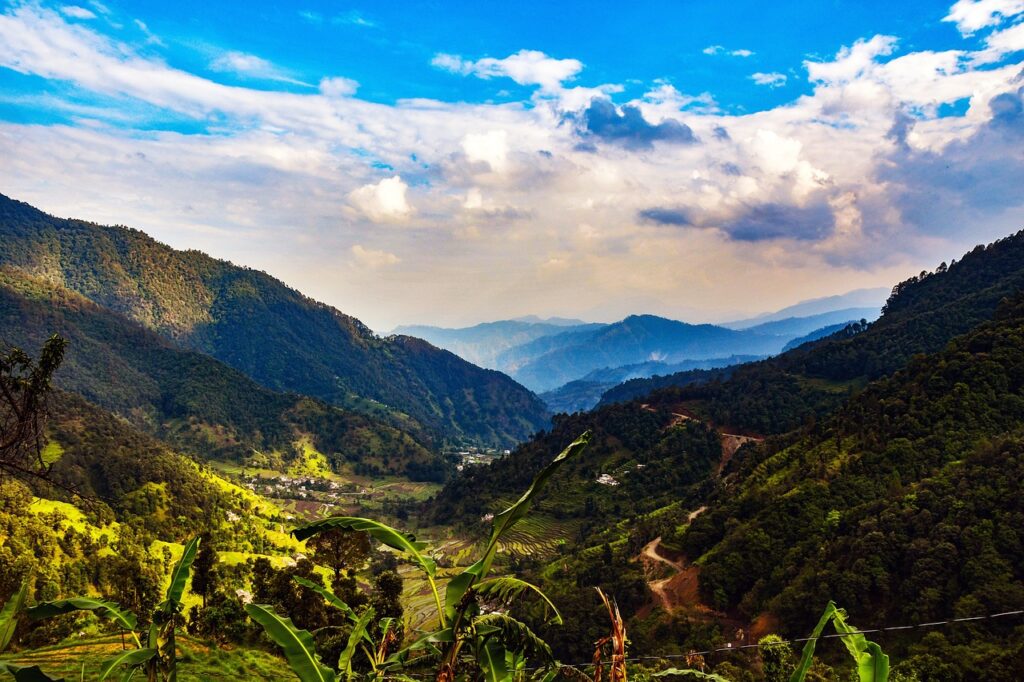
Surrounded by emerald lakes and majestic mountains, it is a hilly paradise and a serene destination that lies in the Kumaon Hills of Uttarakhand. Popularly dubbed the “Lake City of India”, its beautiful medley of lakes, colonial architecture and spiritual hills makes it an ideal location for a unique holiday. Its legend, history, and culture make it a global destination that echoes in the hearts of all travelers.
In this blog, we will discuss the amazing story of Nainital, including its history, attractions, culture, and why it has always remained the favorite of travelers across the globe.
The Legend Behind Nainital’s Name
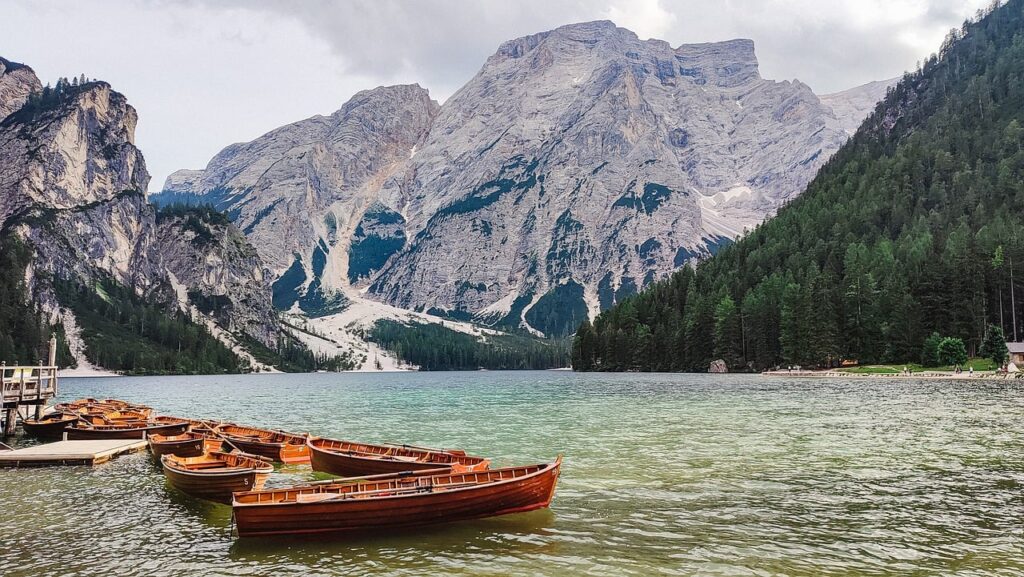
The name is a fusion of the word ‘Naini’, which translates to ‘eye’ in Hindi, and Tamil, which translates to ‘lake.’ Nainital is also of spiritual significance as one of 64 Shakti Pethes as per Hindu mythology. The location of present day Naini Lake is where Goddess Sati’s left eye fell which gave the town its name and sacred regard.
Situated at the north frontage of Naini Lake, Naina Devi temple is a popular pilgrimage center.
Colonial Charm: A Historical Roots
Nainital’s modern history began in 1841 when it was discovered by a sugar trader (initially a tourist) from England, P. Barron. Brace yourself for those inclining winter winds, as Barron was captivated and established the first European settler here, making Nainital a summer retreat for the British during their rule in India! Soon it became part of the United Provinces, and its colonial architecture, churches and schools showcase its British heritage.
A Gothic-style Victorian-era building, the Governor’s House (Raj Bhawan) is one of Nainital’s most iconic sites, a reminder of its colonial past.
Iconic Naini Lake
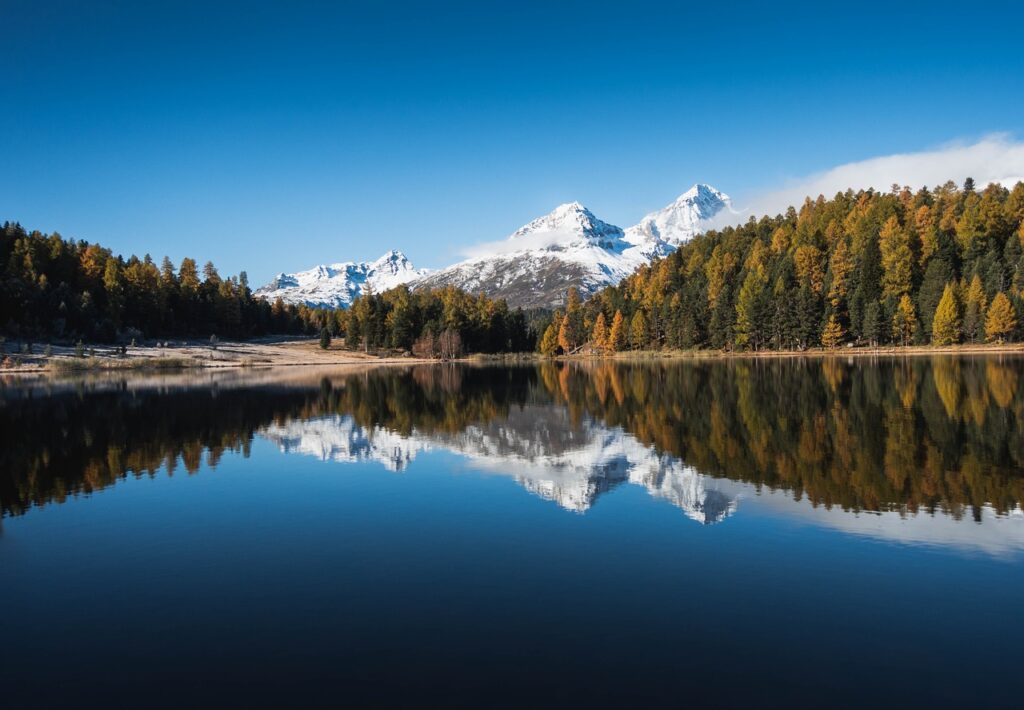
Naini Lake is a captivating body of water that sits at the core of Nainital and serves as the life and soul of the town. Surrounded by verdant hills and offering boating or yachting, or paddle boating in the crescent-shape lake, or thrill rides. During the day, the glistening lake reflects the colors of the sky above it.
Parallel to the lake, The Mall Road serves as a vibrant hub for the region’s shopping, dining, and leisurely ambles, further enchanting the lakefront.
Nature’s Splendor: Scenic Beauty
It is filled of natural beauty and has plenty to offer nature lovers:
Cable car: From here, everyone can reach the Snow Viewpoint from cable car, which provides the snow-capped panoramic views of the Himalayan peaks.
Tiffin Top (Dorothy’s Seat): A popular picnic site, it offers breathtaking views of the neighboring hills and valleys.
Naina Peak (Cheena Peak): The highest peak on this land, it is made for trekkers who want a bird’s-eye view of both the town and the Himalayas.
Eco Cave Gardens: A network of caves and hanging gardens flaunting Nainital’s natural glory.
Lakes of Nainital District
While Naini Lake is the crown jewel, this district is home to several other pristine lakes, collectively known as the ‘Lake District of India’. These include:
- Although the crown jewel of this district is the famous Naini Lake, it has multiple other pristine lakes within its precincts, famously titled as the ‘Lake District of India’. These include:
- Bhimtal: This lake is bigger than Naini Lake and is famous for its tranquil environment and an island floating in the center of it.
- Sattal: Seven interconnected lakes, perfect for birdwatching and kayaking.
- Naukuchiatal: This nine-cornered lake is popular for its peaceful surroundings, making it a very quiet place to be.
Rich Cultural Tapestry
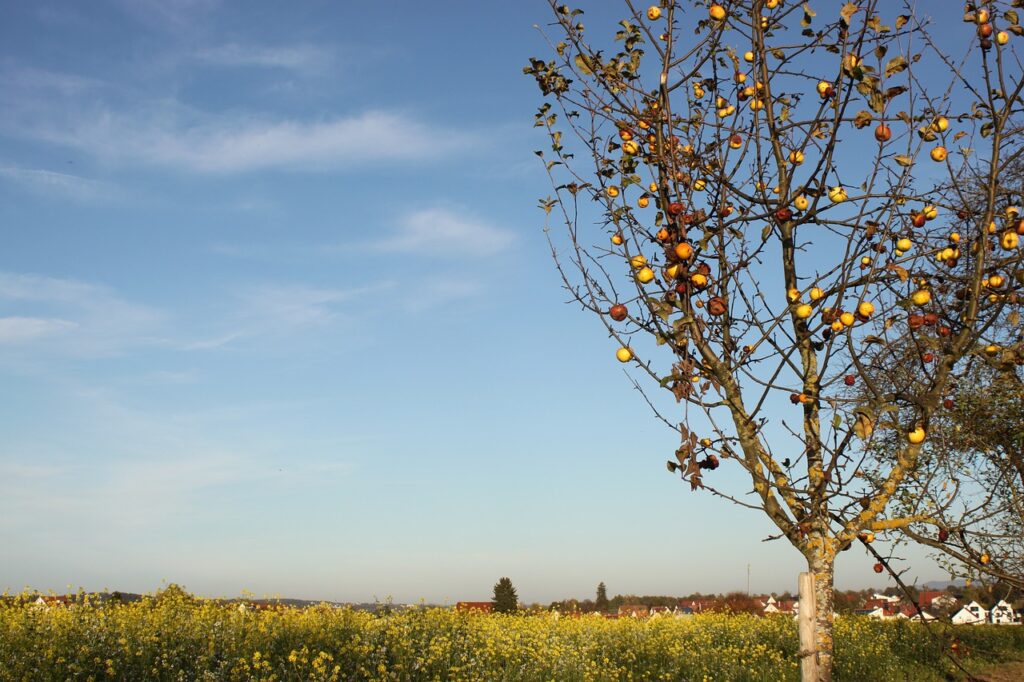
It is not all about nature; its culture is truly impressive too. The town joys many fests with much enthusiasm. The Nainital’s food is also very tasty, including Bhatt ki Churkani, Aloo Ke Gutke, and Bal Mithai-sweet treat material.
Nanda Devi Fair: Naina Devi temple fair occurs each year.
Autumn Festival: A collection of local art, craft and food with tourists and locals alike.
Educational Legacy:
Nainital is also known for its prominent schools, since it time zone in the colonial era Schools such as Sherwood College, St. Joseph’s College and All Saints’ College have shaped some of India’s most notable figures, including prime ministers and Bollywood stars.
Challenges and Conservation Efforts
Despite its popularity, it struggles with a host of challenges:
Environmental Degradation: Lack of regulation in tourism and urbanization has led to pressure on the delicate ecosystem.
Water Scarcity: The town is heavily dependent on its lakes and hence, water conservation is a big issue in this area.
Traffic Jams: Due to its narrow roads and increased vehicles on the road, it often leads to traffic jams, especially during peak tourist seasons.
That’s something that local authorities and NGOs are working on.nable tourism practices, waste management, and conservation projects to protect Nainital’s natural heritage.
Why Visit?
Indulgent Travelers: Treat yourselves to the spa.
- Families: Boating, rides on the cable car, visits to the zoo.
- Spiritual Seekers: The town’s temples and tranquil ambiance promise spiritual rejuvenation.
- Nature Lovers: Nainital is a haven for nature lovers, with its verdant forests and pristine lakes.
Nainital: A Gateway to the Kumaon Region
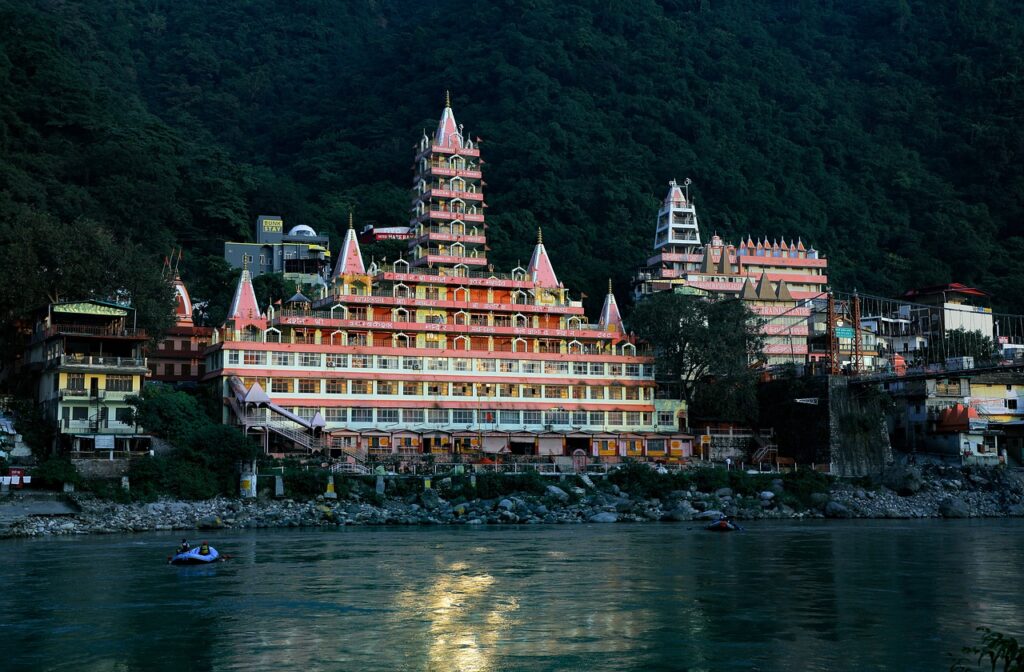
Nainital, the beginning of the Kumaon with natural beauty, cultural heritage and adventure. There are countless treasures to be found beyond its borders:
- Mukteshwar: An ideal village known for its picturesque Himalayan views, apple orchard and adventure sports.
- Ranikhet: Also called the “Queen’s Meadow”, this is another hill station, ideal for those who are looking for peace in nature.
- Almora: A cultural capital rich in age-old temples, colorful bazaars, and breathtaking sunsets.
These neighboring treasures complement Nainital’s allure, providing the perfect reason to consider the town as a base for some extended Uttarakhand adventures.
The Vibrant Markets of Nainital
Shopping in Nainital is a treat that gives the visitors a chance to take a part of this wonderful hill station home with them. There are many things to explore: The lively Mall Road, the Bhotia Market and other local bazaars.
Handicrafts — Intricate wood carvings, candles, woolen items made by local craftsmen.
Jewelry: Electronics on Kumaoni traditional crafts with rich designs and colorful stone.
Souvenirs: Miniatures of Naini Lake, postcards, and local specialties.
Shopping here satisfies tourists but also supports the livelihood of the local community.
Seasonal Wonders
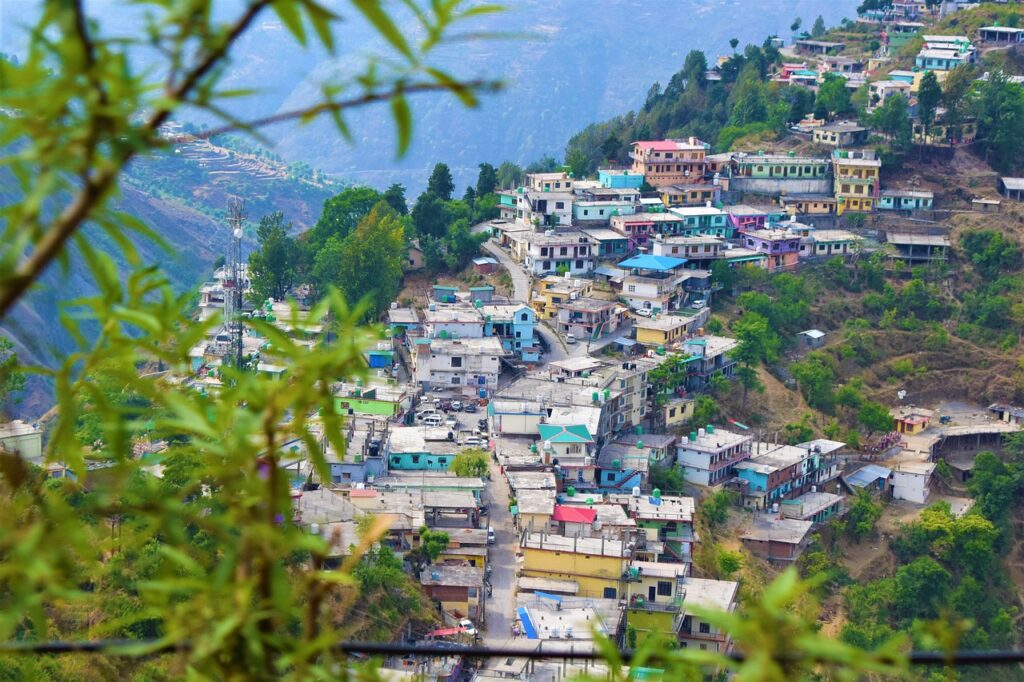
Nainital looks beautiful every season, and everyone experience a different beauty in each season:
Summer (March to June): The best aller times to beat the heat, as the weather is perfect for boating and sightseeing.
Monsoon (July to September): The lovely hills turn green after the rain, but warning about landslides are always a good thing.
Autumn (October to November): The clear skies and crisp air offer picturesque views of the Himalayas at this time.
Winter (December to February): Nainital snow-capped mountains lure tourists for peaceful romance.
Corbett National Park,
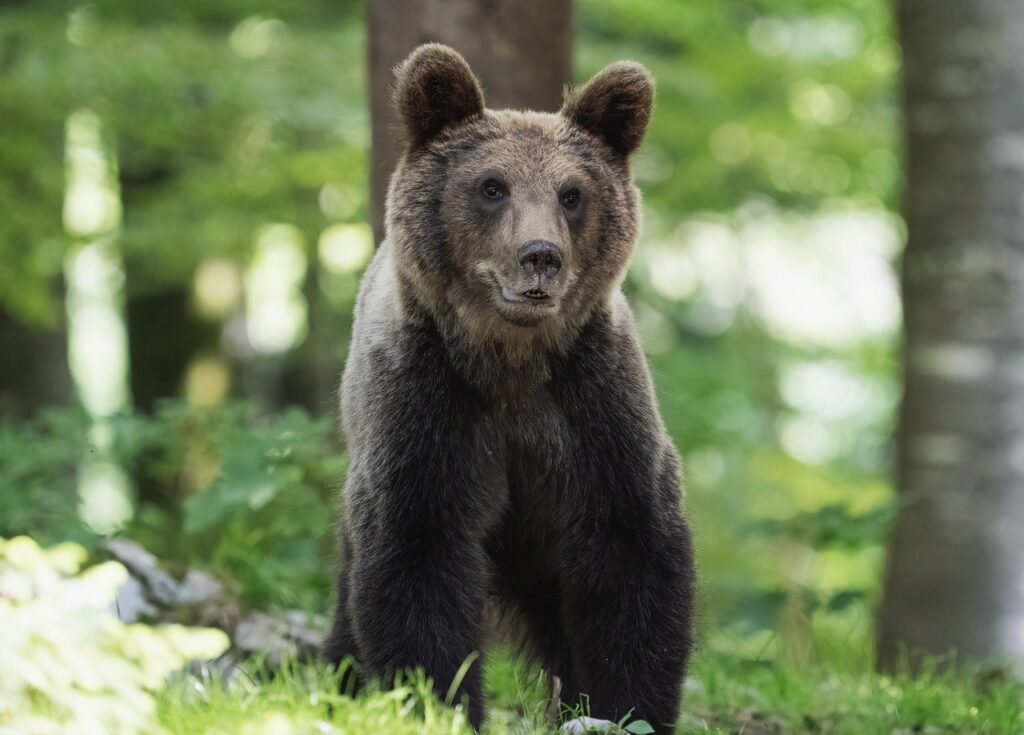
The Royal Bengal Tiger
The Himalayan Black Bear
The Snow Leopard
So it gives you a real time experience. A park named for the legendary hunter turned conservationist, this park is a wildlife haven and a stop that should not be missed when visiting the area.
Nainital’s Contribution to Literature and Art
Nainital has long been an inspiration for all the writers and poets and artists. The tranquility and grandeur of the landscapes have inspired countless literary and artistic works. The beauty and mystique of this hill station are too pronounced to miss, so it is often portrayed in novels, travelogues and poems.
The region never failed to inspire some notable writers like Jim Corbett and Ruskin Bond, who made Nainital a part of their stories that reached the world stage.
Challenges
Nainital may still be home to a flourishing tourist economy, but it is also struggling with urgent challenges that need to be addressed:
Overtourism: An influx of visitors during peak seasons puts a strain on the town’s infrastructure and resources.
Waste Management: Tourism can overwhelm waste management systems, polluting the environment.
Deforestation: Urbanisation and infrastructure development has depleted green cover, impacting the region’s biodiversity.
In response, initiatives to encourage eco-tourism, tighter building codes, and community conservation efforts are underway.
Be a Responsible Traveler
Visitors to Nainital can help preserve its natural beauty with responsible travel: Do not litter and use waste disposal areas. Choose an eco-friendly stay and do not overuse natural resources. Show an understanding of and respect for local culture and customs, and foster positive interactions with the community.
Our impact matters, and if we remain conscious of it, Nainital can remain as pristine and unspoiled for the next generations.
Conclusion: Nainital’s Eternal Magic
Nainital: Nanina’, an ‘anglicized’ name that retains the ‘pious’ spirit of Naini, the goddess. Nainital’s journey from a holy site to a colonized town to a favourite hill station is one for the books. Nainital, be it by the mesmerizing Naini Lake, seat of the towering peaks, or the splendid local culture, is an experience and it is hard to leave it all behind.
And in days to come, it is our collective responsibility as a visitor, a resident or architect to safeguard and preserve Nainital. Let us together make sure that this jewel of the Kumaon Hills shines bright for many centuries, as a source of inspiration and a balm for the souls of everyone who seeks to visit it!
Add New Post ‹ travaltech.com — WordPress
The Story of Kaziranga National Park: A Jewel of Assam1 right now
discovering the Magic of Paris: A Comprehensive Guide to.1 right

“This blog post was so well-written and informative! I’ve been wanting to visit [destination] for a while now, and this post has definitely inspired me to plan my trip. Thanks for sharing your experiences!”
“Your photos are absolutely stunning! They really capture the beauty of [destination]. I’m so jealous!”
“I loved all the practical tips in this post.
Beautiful